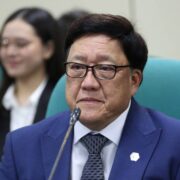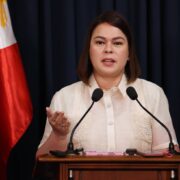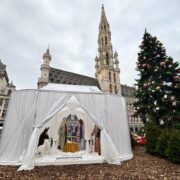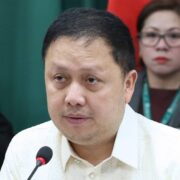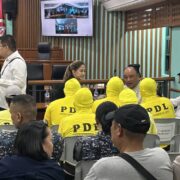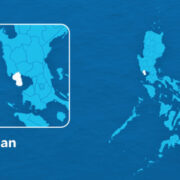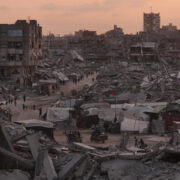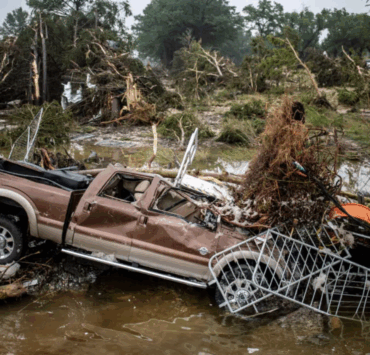Syrians look to the sun as country tries to fix energy infrastructure
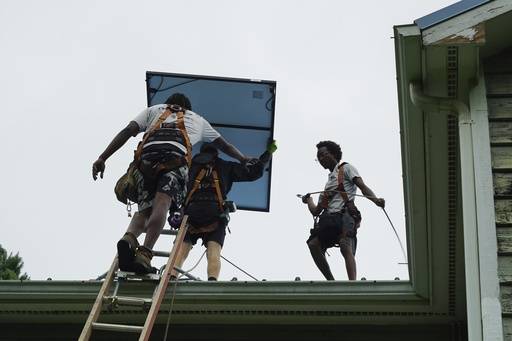
DAMASCUS, SYRIA—Abdulrazak al-Jenan swept the dust off his solar panel on his apartment roof overlooking Damascus. Syria’s largest city was mostly pitch-black, the few speckles of light came from neighboring households able to afford solar panels, batteries, or private generators.
Al-Jenan went thousands of dollars in debt to buy his solar panel in 2019. It was an expensive coping mechanism at the time, but without it, he couldn’t charge his phone and run the refrigerator.
Syria has not had more than four hours of state electricity per day for years, as a result of the nearly 14-year civil war that ended with the ouster of former President Bashar Assad in December.
Investments coming in
Syria’s new leaders are hoping renewable energy will now become more than a patchwork solution. Investment is beginning to return to the country with the lifting of US sanctions, and major energy projects are planned, including an industrial-scale solar farm that would secure about a tenth of the country’s energy needs.
“The solution to the problem isn’t putting solar panels on roofs,” Syria’s interim Energy Minister Mohammad al-Bashir told The Associated Press (AP). “It’s securing enough power for the families through our networks in Syria. This is what we’re trying to do.”
Some of the efforts focus on simply repairing infrastructure destroyed in the war. The World Bank recently announced a $146-million grant to help Syria repair damaged transmission lines and transformer substations.
5,000 megawatts
Al-Bashir said Syria’s infrastructure that has been repaired can provide 5,000 megawatts, about half the country’s needs, but fuel and gas shortages have hampered generation. With the sanctions lifted, that supply could come in soon.
More significantly, Syria recently signed a $7-billion energy deal with a consortium of Qatari, Turkish and American companies. The program over the next three and a half years would develop four combined-cycle gas turbines with a total generating capacity estimated at approximately 4,000 megawatts and a 1,000-megawatt solar farm. This would “broadly secure the needs” of Syrians, said Al-Bashir.
A series of executive orders by US President Donald Trump lifted many sanctions on Syria, aiming to end the country’s isolation from the global banking system so that it can become viable again and rebuild itself.
Some 90 percent of Syrians live in poverty. Buying solar panels or private generators has been out of reach for most of the population.
Meanwhile, Al-Jenan is able to turn on both his fans on a hot summer day while he watches the afternoon news on TV.
“We can at least know what’s going on in the country and watch on TV,” he said. “We really were cut off from the entire world.”





